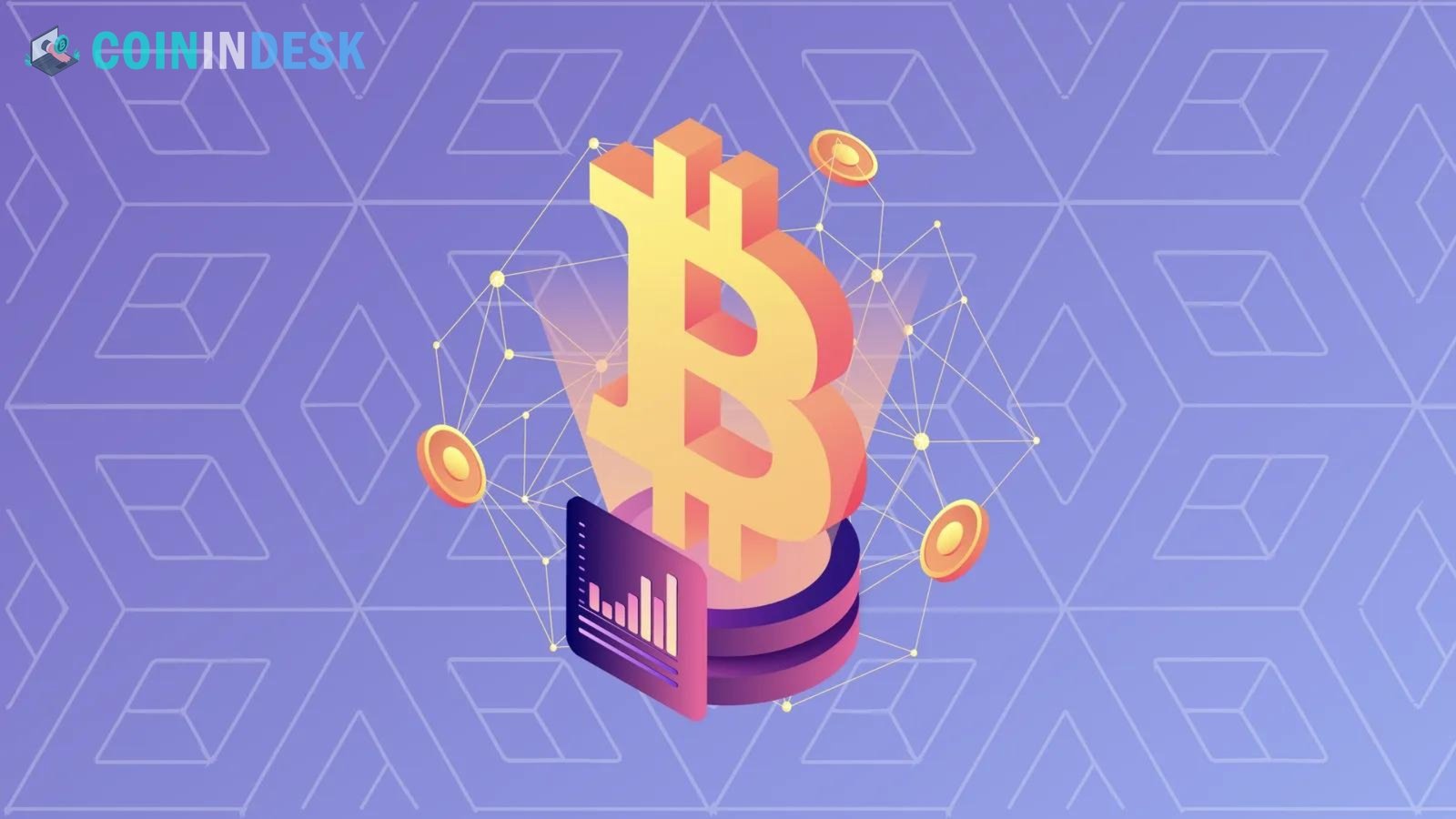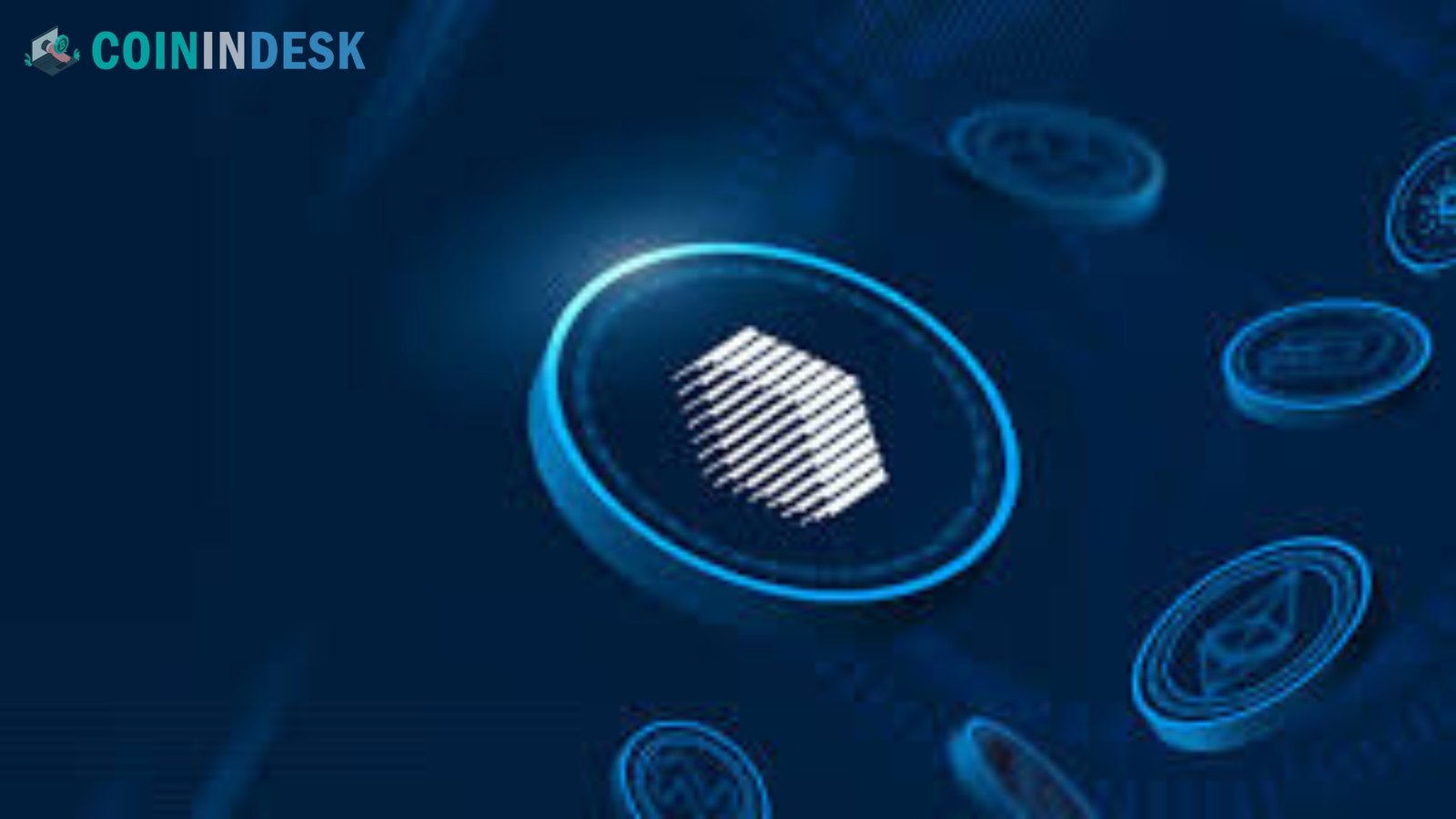Bitcoin DeFi Ecosystem. The Bitcoin Taproot upgrade increased the blockchain’s long-term viability by facilitating the faster DeFi movement on the Bitcoin network. It also opened the door to creating decentralized applications (DApps) on the blockchain.
Since 2020, decentralized finance (DeFi) has grown tremendously, with Ethereum being the main driver of this expansion. Ethereum made possible nonfungible tokens (NFTs), automated lending systems, decentralized exchanges (DEXs), and other innovative financial services and instruments.
However, before the Taproot upgrade, the world’s first cryptocurrency couldn’t support the development of smart contract-powered decentralized apps (DApps). Here, “Bitcoin DeFi” means creating new decentralized apps on the Bitcoin network, which was previously impossible owing to the scalability issue with Bitcoin transactions.
Bitcoin transactions took longer than usual since the Taproot upgrade required verifying each digital signature against a public key. Taproot has allowed the network to consolidate and validate several digital signatures simultaneously. Consequently, the Bitcoin blockchain can accommodate the creation of DeFi apps due to the reduced capacity requirements on each block.
How Does Bitcoin DeFi Work?
Wrapped Bitcoin and other wrapped tokens, Stacks and other layer-1 blockchains, and Rootstock and other sidechains make DeFi on Bitcoin possible. Not being Turing complete means that Bitcoin’s scripting language, Script, lacks support for some logical operations, such as loops. Consequently, using layer-2 scaling solutions and sidechains to host smart contracts is essential for Bitcoin DeFi platforms since the Bitcoin network still offers limited programmability, even with the Taproot upgrade.
Stacks, a layer-1 blockchain, Wrapped Bitcoin (wBTC), and Rootstock, a sidechain, all work together to make DeFi on Bitcoin a reality. One example is the January 2019 Ethereum token wBTC, which has a one-to-one correlation with Bitcoin (BTC) and is always worth 1 BTC. The wBTC token allows users to interact with several decentralized applications (DApps) built on the Ethereum platform.
Bitcoin DeFi Ecosystem: Stacks is an autonomous layer-1 blockchain that provides buyers and sellers access to hundreds of billions of dollars worth of Bitcoin wealth and opens up new opportunities for Bitcoin holders. Using Bitcoin’s proof-of-work blockchain to secure its own, it employs a proof-of-transfer consensus process.
Stackswap DEX and other DeFi products employ the Stacks blockchain to facilitate NFT trading and minting, algorithmic stablecoin borrowing, and token launches and exchanges on the Bitcoin network. Stacks and Bitcoin are integrated. Thus, NFTs generated on Stacks settle to and are safeguarded by the Bitcoin blockchain.
Rootstock, a parallel processing node on the Bitcoin blockchain, enables Turing to complete smart contracts. Sending Bitcoin to Rootstock causes it to change into RBTC, a version of Bitcoin that can be used with smart contracts. This protocol connects the two chains by utilizing bidirectional communication. For example, Sovryn connects to the Lightning Network, Ethereum, Bitcoin, and BNB Smart Chain using RSK’s technology. It was one of the first permissionless financial apps.
Which Bitcoin Ecosystem DeFi Projects?
In addition to wBTC, Rootstock, BadgerDAO, RenVM, and Liquid Network all advocate for different Bitcoin DeFi use cases.
BadgerDAO
Using Bitcoin as collateral across different decentralized applications is possible via a decentralized autonomous organization (DAO) called BadgerDAO. The BadgerDAO uses Ethereum-based tokens for protocol governance and reward distribution.
With Badger’s initial product, Sett Vaults, users may profit from their virtual Bitcoin holdings. With SETTs, users can store their tokenized Bitcoin in a pool of tokens, and smart contracts can manage their holdings to generate broken returns.
Badger’s second offering, the DIGG token, is an elastic-supply cryptocurrency tied to the price of Bitcoin in US dollars. It is controlled by software. DIGG can do the same in the same way that every other token may be utilized in DeFi protocols and SETTs to generate yield for holders.
RenVM
Ren, a currency created by the decentralized Ethereum protocol, provides liquidity to projects on several blockchains and tracks the value of assets that aren’t Ethereum-based, like Bitcoin. Ethereum offers a variety of DeFi products, and Bitcoin holders can use Ren (required to pay nodes) to access them without having to trade BTC or transfer assets between blockchains.
Through RenBridge, which allows the exchange of assets between blockchains, the Ren virtual machine stores the initial cash, takes tokens from one blockchain, and generates new tokens on another. Users who want to regain their Bitcoin can reverse the transaction and receive renBTC, a new Ethereum token representing the original Bitcoin. This process is done by submitting Bitcoin to the RenVM.
Liquid Network
Digital assets such as security tokens, stablecoins, and other financial instruments can be anonymously and swiftly issued on the Bitcoin blockchain with the Liquid Network, a layer-2 Bitcoin solution, and an inter-exchange settlement network.
Bitcoin DeFi Ecosystem: The Liquid sidechain’s native cryptocurrency is LBTC, defined as a wrapped version of Bitcoin. To utilize the Liquid Network, users must first deposit Bitcoin to an address on the Lightning Network, a procedure known as peg-in, on the Bitcoin network. After 102 confirmations, the user’s address will receive an equivalent amount of LBTC minted on the Liquid Network.
Sending LBTC to an irrecoverable address for burning allows a Lightning Network member to transmit the original BTC to a user’s Bitcoin network address after two confirmations, which allows peg-out to begin for BTC withdrawals.
Future of Bitcoin DeFi
The innovation level, long-term stability and security, and investor incentives offered by Bitcoin DeFi platforms and protocols will decide their effectiveness. There is clear DeFi flow into the Bitcoin network with scaling solutions such as Rootstock, Stack, and Liquid Network. However, DeFi on Bitcoin is more difficult to use than other smart contract platforms like Ethereum.
Developers using the Ethereum blockchain can create decentralized applications (DApps) and mint NFTs without relying on layer-1 or layer-2 solutions; this is not the case with Bitcoin. Decentralized applications (DApps) can be built using Ethereum testnets like Ropsten. Bitcoin DeFi platforms, on the other hand, can’t build decentralized apps without bridges like RenBrdige that link to the Bitcoin Network.
Furthermore, Bitcoin NFTs are in their early stages. Nevertheless, developers will surely swarm to the Bitcoin network to create innovative financial instruments and platforms in the future, considering that Bitcoin has established the groundwork for cryptocurrencies.
Hence, for DeFi on Bitcoin to be considered viable, it must have a large user base, host unique decentralized finance applications unavailable on other blockchains, and provide a clear benefit over other DeFi solutions.


